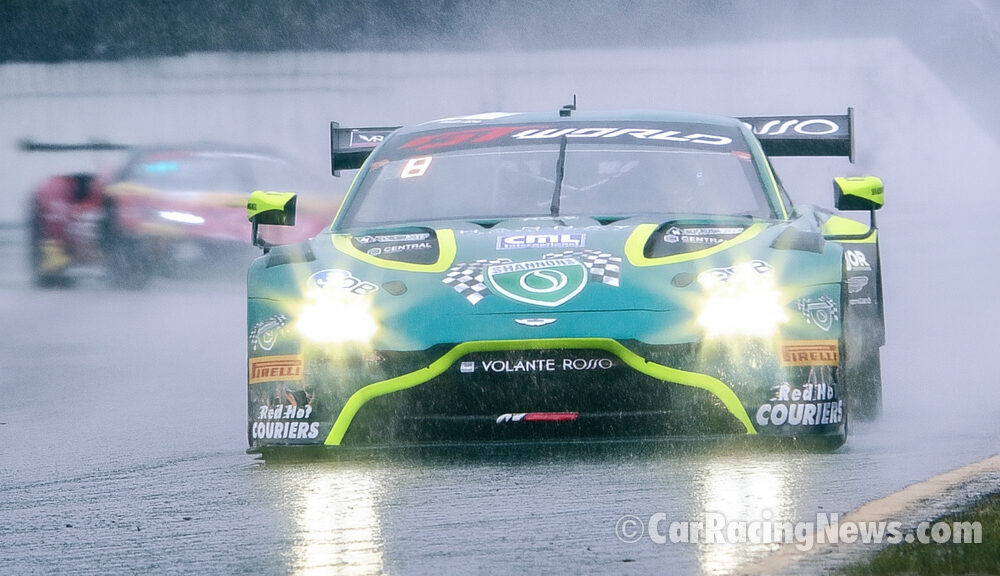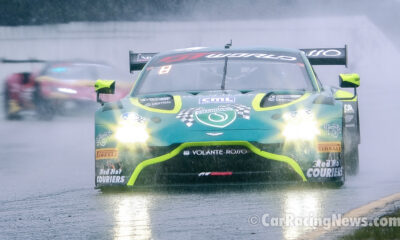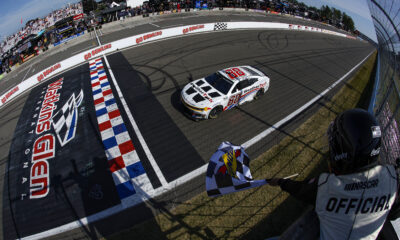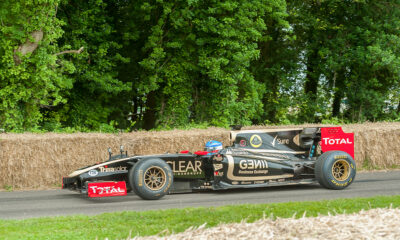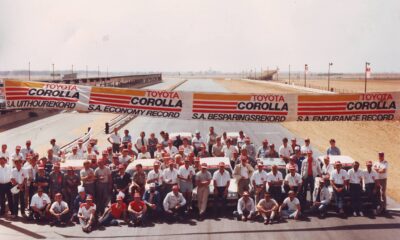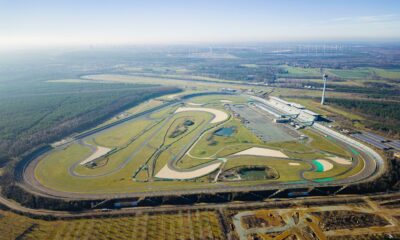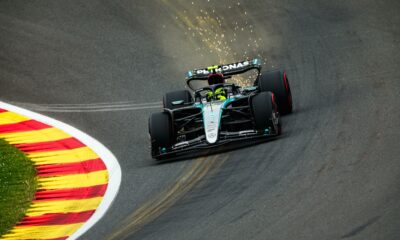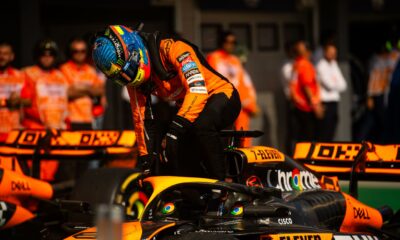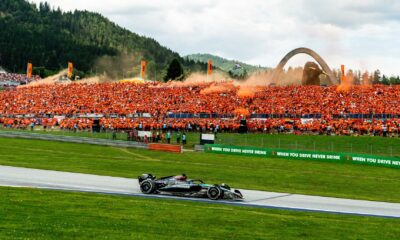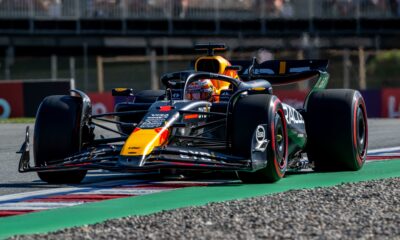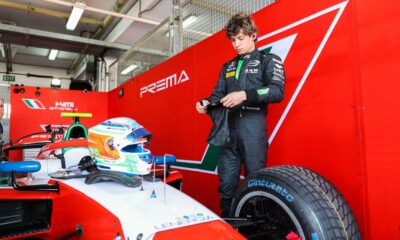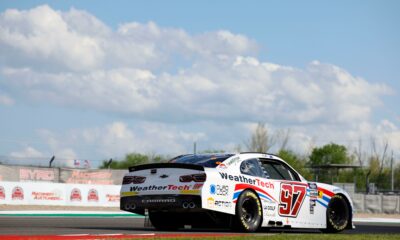More News
-


Motorsport Video
/ 5 months agoVIDEO: 2025 GT World Challenge Australia – Round 4 Sandown
Exclusive Video By CarRacingNews.com MOBILE DEVICE VISITORS: Please scroll down to access the vertical video playlist. Mobile Device Vertical Video Playlist
-
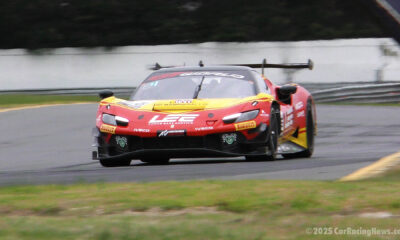

GT World Challenge Australia
/ 5 months agoGT World Challenge Australia: Evans and Schutte Win Sandown Race 1 for Ferrari
Ferrari emerged victorious in a nail-biting finish to Race 1 of GT World Challenge Australia’s fourth round at Sandown, as Jaxon...
-
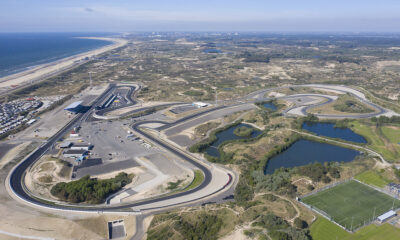

Motorsport News
/ 5 months agoClaims of Serious Zandvoort Flood Damage Threatening F1 Round Proven False
High-profile UK tabloids have been caught promoting a misleading narrative after sharing a photo originally posted on X (formerly Twitter) by...
-


Motorsport News
/ 5 months agoUSAC Sprint Cars Set to Roar at Indianapolis Motor Speedway for Historic Sprint Week Opener
INDIANAPOLIS, IN (23 July 2025) – A high-octane chapter in dirt racing history will be written this Thursday night, as the...
-
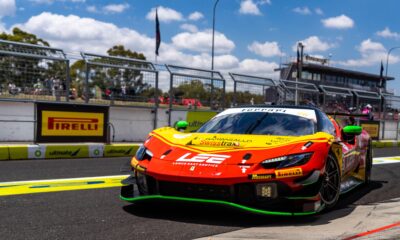

GT World Challenge Australia
/ 5 months agoGT World Challenge Australia Resumes at Sandown with Competitive Field
Ferrari, Audi, Mercedes-AMG and Aston Martin headline a 14-car grid as Australia’s top GT series returns to a fan-favourite circuit. Australia’s...
-


INDYCAR - INDY NXT
/ 5 months agoHerta Dominates Qualifying but O’Ward Claims Victory in Thrilling Indy Toronto Race
TORONTO, 21 July 2025 – Colton Herta once again proved his mastery of Toronto’s Exhibition Place street circuit by securing pole...
-
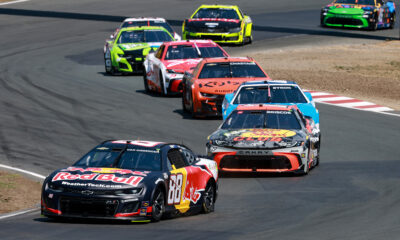

Motorsport News
/ 6 months agoVan Gisbergen Shines at Sonoma with Dominant NASCAR Cup Series Victory
In a performance that confirmed what many already believed, Shane van Gisbergen proved once again that he is the undisputed king...
-


Motorsport News
/ 6 months agoVeteran Racer Marvin Blaney Injured in Fiery Incident at IHRA Outlaw Series
COLUMBUS, OHIO – 10 July 2025 Veteran Top Sportsman driver Marvin Blaney is currently in intensive care following a harrowing incident...
-
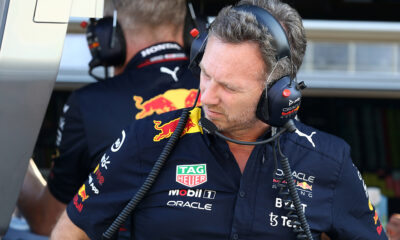

Motorsport News
/ 6 months agoF1: Christian Horner Dismissed as Red Bull Team Principal After Two Decades
Christian Horner has been dismissed from his role as Team Principal and CEO of Red Bull Racing, ending a 20-year tenure...
-


Motorsport Feature Articles
/ 6 months agoThe Simola Hillclimb: A Thrilling Ascent into South African Motorsport History
Nestled in the lush, rolling hills of Knysna, the Simola Hillclimb has become one of South Africa’s most prestigious and adrenaline-fueled...

